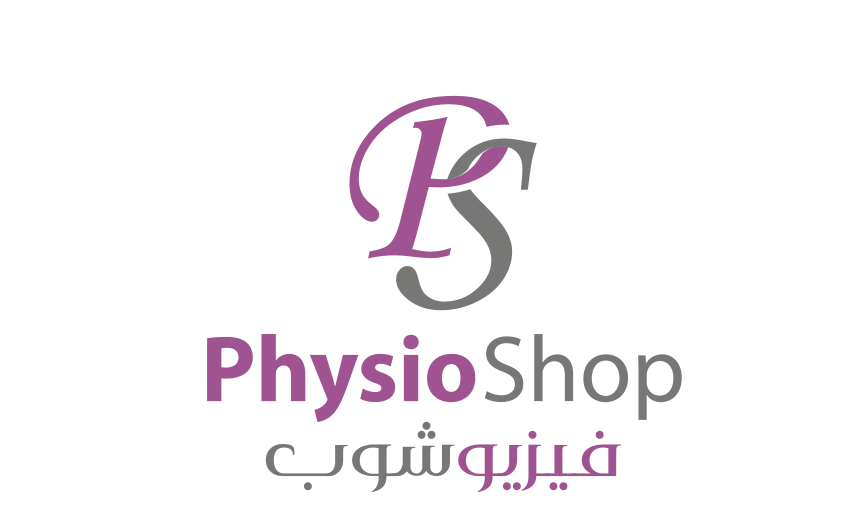.png)
Manual Concepts
Stimulate your clinical practice and enhance your career with this comprehensive manual therapy program.
The Certificate in Orthopedic Manual Therapy (COMT) provides clinicians with intensive tuition in an integrated and thoroughly modern, evidence-based approach to orthopedic manual therapy of the spine, pelvis, as well as upper and lower limb.
This is a unique opportunity to be educated by our internationally respected team of clinical educators and expert local clinicians.
The primary aim of this intensive, evidence-based program is to develop broad state-of-the-art knowledge and skills in the examination and management of disorders affecting the joint, muscle and neural systems.
The emphasis is on understanding when and where to use physical treatments including a range of manual therapy concepts and exercise to provide a more functional and comprehensive approach to the management of a range of neuromusculoskeletal conditions.
Assessment:
Assessment of articular dysfunction incorporates the Combined Movement approach, as well as segmental manual diagnosis. Evaluation and management of lumbopelvic motor control impairment is designed around Cognitive Functional Therapy developed by Professor Peter O’Sullivan in Perth, which has substantial evidence to supports its validity and efficacy in management. Evaluation and management of motor control impairment for the cervical spine is likewise based on current evidence based criteria.
Managment:
Management is based on identification of specific sub-groups amenable to manual therapy including:
- Movement impairment (articular dysfunction).
- Neural tissue pain disorders.
- Motor control impairment
Treatment for the movement impairment articular dysfunction sub-group includes a range of mobilisation, manipulation (high velocity thrust) and mobilisation with movement techniques.
Neural pain disorders are also sub-classified according to clinical examination findings into sensory hypersensitivity, compression neuropathy, and peripheral nerve sensitization. This sub-classification system is management driven and is backed up by supporting evidence for its validity and efficacy in management.
Manual Concepts’ offers a leading team of educators with at the highest level of specialization to guide participants through our comprehensive course.
